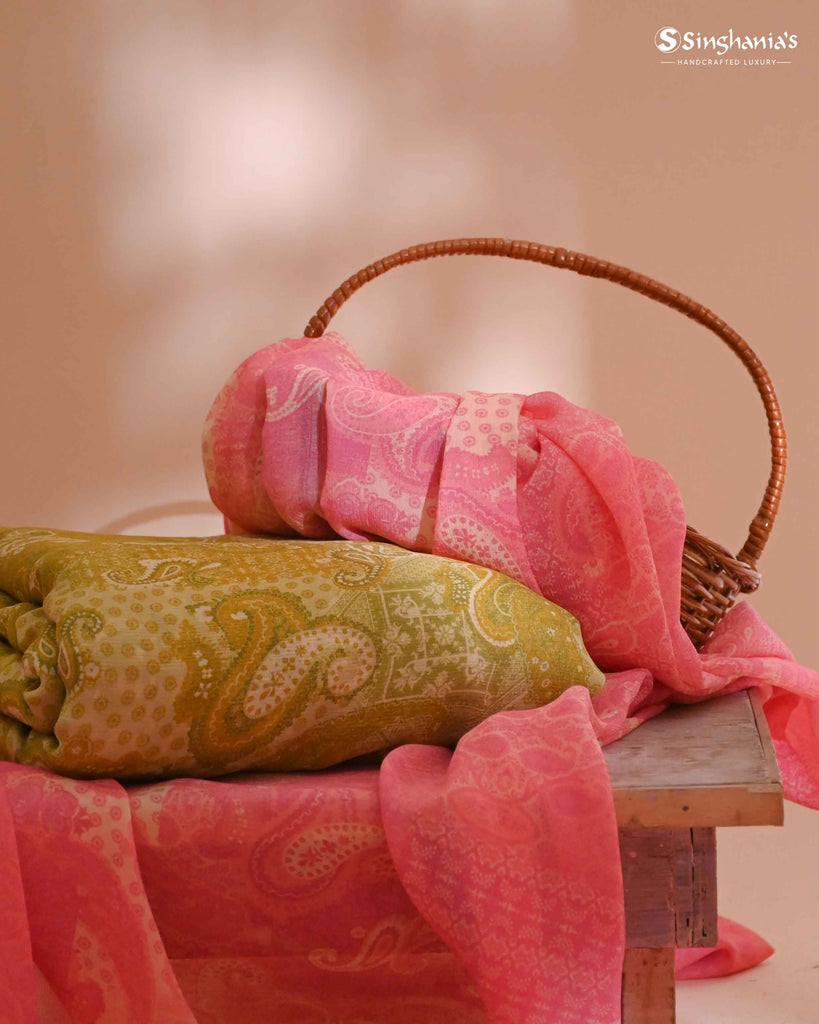
Have you ever been curious about the impact of printed fabric on the fashion industry ? For decades, these vibrant textiles have been an important factor in the fashion industry, shaping trends and allowing designers to express their creativity. The broad spectrum of printed fabrics have made them a favourite amongst fashion consumers, with prints ranging from classic flower motifs to edgy animal impressions.
With the growth of e-commerce, purchasing printed fabric online is now simpler than ever, enabling anyone to inject some personality and enjoyment into their wardrobe. So, let's explore the influence of printed materials on the fashion business and see why they remain a cherished standard in the world of fashion.
So, what are printed fabrics exactly? Simply said, Printed fabrics are materials that feature a pattern, image, or motif that is applied to the fabric's surface instead of being woven into the cloth. Transferring a design into the fabric using a number of processes such as screen printing, digital printing, or block printing is the essence of what the printing process involves.
Printed fabrics provide a wide range of design options, including intricate motifs, elaborate patterns, and vivid colours that are laborious to achieve with traditional weaving methods. They can be utilised in anything from apparel and home design to furnishings and accessories.
One of the most significant effects of printed materials on the fashion business is the democratisation of fashion. Printed materials enable a large selection of colours and designs constructed quickly and efficiently, making attractive apparel more accessible to individuals from all walks of life. Creativity has enabled people to express themselves through clothing in novel and imaginative ways.
The widespread use of printed fabrics has contributed to the growth of the fast fashion industry, which prioritises rapid production and turnover of clothing collections. The affordability and versatility of printed fabrics have made it easier for fashion brands to keep up with the constant demand for new styles, leading to an increase in the production of cheap, disposable clothing.
However, the fast fashion industry has also faced criticism for its environmental impact and worker exploitation. Despite fast fashion's harmful impact, printed materials have played an important role in propelling the movement towards sustainable and eco-friendly fashion. Many designers and manufacturers are now emphasising the use of organic and natural materials, as well as ethical production processes, to create environmentally conscious and socially responsible apparel.

Printed materials have also affected fashion trends over the years. Printed fabrics have played an important role in moulding the look and feel of different fashion eras, from bright flowers in the 1990s to psychedelic patterns in the 1960s. Printed fabrics are still popular among designers and fashion enthusiasts today. There's a printed fabric to fit every style and taste, whether it's a lighthearted polka dot print or an eye-catching animal print.
The popularity of printed fabric online has also given rise to a new generation of fashion entrepreneurs. Online stores provide a forum for artists and craftsmen to present their distinctive designs and reach a worldwide audience without the need for a physical store or costly advertising efforts.
Printed fabrics are an essential aspect of fashion design and will continue to play a crucial role in the fashion industry in the future. With new technologies and ideas being generated regularly, it's an exciting phase to be involved with printed fabrics and fashion design. So, let us embrace the variety and originality of printed materials and continue to push the boundaries of fashion designing!



